Tantalum metal has a silvery-white color and a density of 16.654 g/cm3, which is related to its atomic mass, radius, and volume. It has a body-centered cubic crystal lattice structure and high slip systems, resulting in good ductility. Tantalum has a high melting point of 2997 ℃ due to strong metallic bonds. Its coefficient of thermal expansion is lower than that of common metals.
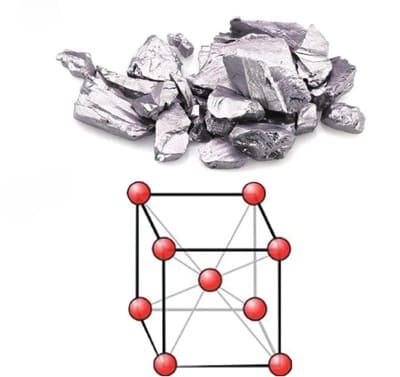
3D Printing Spherical Tantalum Powder
3D printing is an innovative manufacturing method that creates three-dimensional objects directly from imported models. Laser Powder Bed Fusion (LPBF) and Electron Beam Melting (EBM) are commonly used techniques in 3D printing for processing tantalum implants. LPBF involves adding metal powder to a chamber, spreading it evenly in another chamber, and using a laser or electron beam to melt and solidify the powder into the desired shape. This technology allows for the customized fabrication of metal bone implants, fulfilling personalized customization requirements. LPBF offers advantages such as high efficiency, cost-effectiveness, and the ability to create porous structures.
Influencing Factors for 3D Printing of Medical Tantalum
At present, two aspects need further improvement in 3D-printed tantalum for medical implants:
3D-printed tantalum implants need to be personalized and compatible with different bone conditions. The processing technology should be flexible to accommodate various shapes and sizes. The material should have good strength and toughness to provide mechanical support after implantation. The mechanical properties of 3D-printed tantalum depend on processing powder quality, parameters, and heat treatment. Further research is needed to understand the relationship between process parameters and material performance.
Tantalum implants should have long-term compatibility with human tissue and minimize infection risk. Research is focused on improving biological performance through structural design, but further research is needed in 3D-printed tantalum metal.
Human bones are classified into cortical and cancellous bones based on their structure. There is a mismatch in elastic modulus between pure tantalum implants and human bone, which can lead to displacement and stress shielding. Designing implants with porous structures and adjusting porosity can improve elasticity and promote bone cell growth, leading to a tight bond between implant and cancellous bone.
Commonly used porous structures for 3D printed tantalum implants include biomimetic beam, diamond, and rhombic dodecahedron structures. Biomimetic beams and cubic structures have a closer elastic modulus match with cancellous bone and higher yield strength values. Biomimetic beam structures, with their larger surface area, provide a stronger bond with cancellous bone. Beam structures are commonly found in commercially available porous tantalum implants.
3D Printed Medical Tantalum Implant Cases
Spine Products
Tantalum cones have a better ability to promote bone growth in comparison to common titanium implants, and the modulus of elasticity is better matched to human bone.
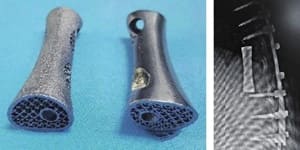
Joint products
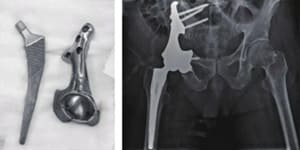
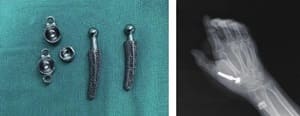
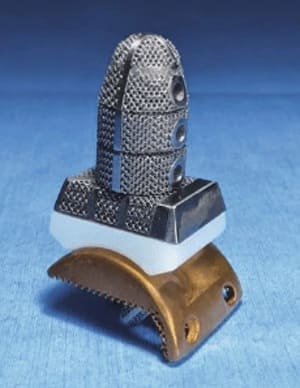
Tantalum pelvis and hip joint Tantalum carpometacarpal joint Tantalum ankle joint
Trauma products
The top of the tantalum scaffold is curved to mimic the curvature of the human bone it comes into contact with. This helps distribute pressure evenly and prevents damage to the implant.

3D printing technology has provided new opportunities for the application of tantalum in the medical field. The market for tantalum implants is rapidly growing due to advancements in medical technology and an aging population. However, there are challenges to overcome, such as improving printing precision, efficiency, and cost-effectiveness. Additionally, research is needed to develop advanced printing processes and materials to meet complex medical needs. Strengthening medical regulation and quality control is crucial to ensure the safety and effectiveness of 3D-printed tantalum implants. Overall, the future of 3D-printed tantalum looks promising, but continuous innovation and regulation are necessary for its successful implementation.
Heeger Materials is a reputable supplier offering Spherical Tantalum Powder and other high-quality Spherical Powder products at competitive prices, which are widely used in the 3D printed industry and other research and science fields. If you're interested, feel free to contact us at [email protected] for a quote, and we guarantee a response within 24 hours.


